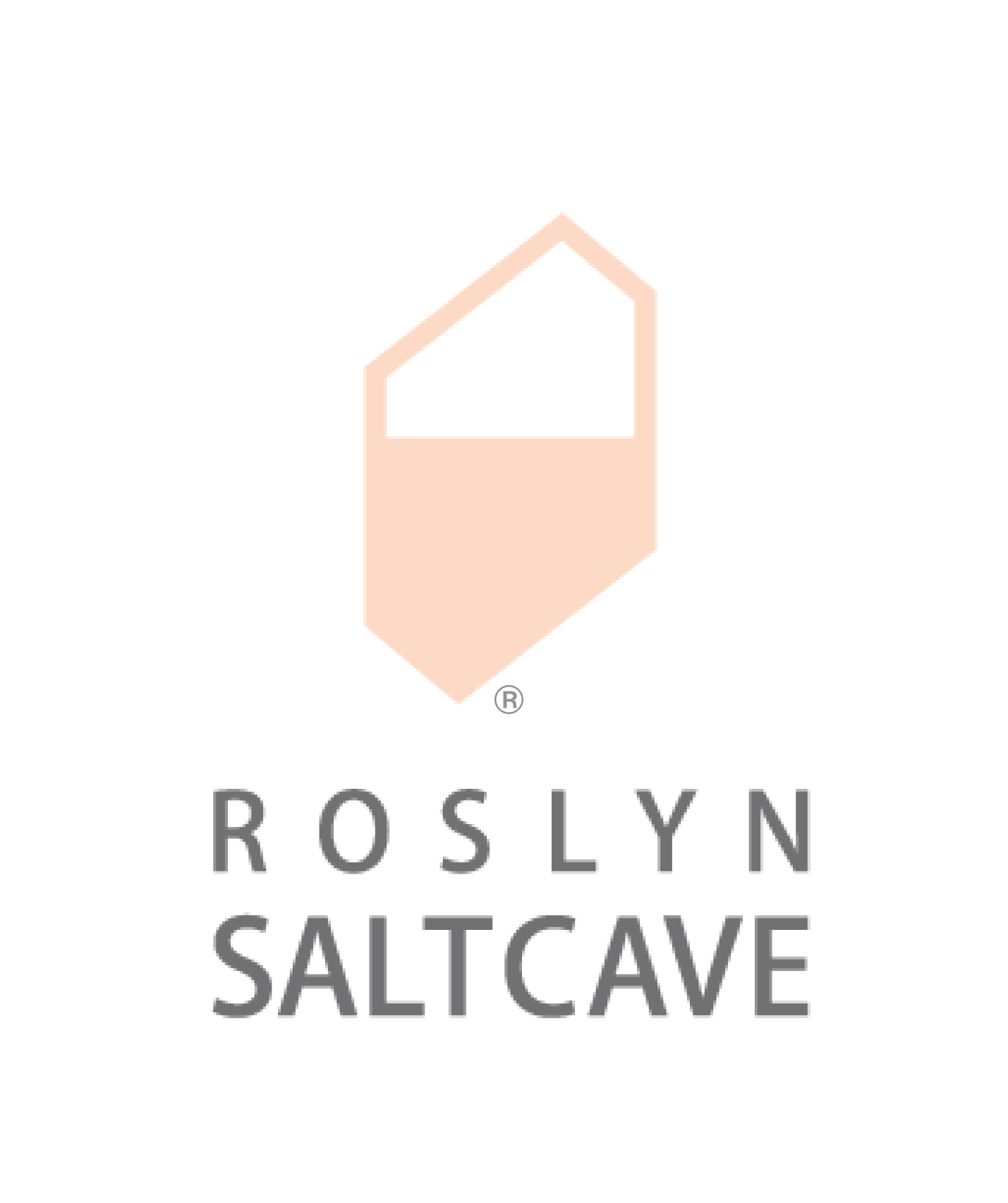Understanding Reiki and Pranic Healing: Two Powerful Energy Healing Modalities
In today’s fast-paced world, more people are seeking holistic approaches to manage stress, improve well-being, and support physical, emotional, and spiritual healing. Two popular energy healing modalities often mentioned in this context are **Reiki** and **Pranic Healing**. While both practices work with the body's energy to promote balance and healing, they have unique philosophies, techniques, and approaches. In this blog post, we'll explore the key differences between Reiki and Pranic Healing and offer examples to help illustrate their effectiveness.
What is Reiki?
Reiki is a Japanese energy healing practice that translates to "universal life force energy" (Rei = universal, Ki = life energy). It is based on the belief that this life force flows through all living beings and can be channeled to promote healing. Reiki practitioners use their hands to transfer energy to a client, often without direct physical contact, to balance their energy system and encourage relaxation and healing.
The process is typically intuitive, as practitioners "scan" the body's energy field for imbalances and blockages. Reiki can help alleviate stress, reduce physical pain, enhance emotional well-being, and boost overall health by restoring the natural flow of energy within the body.
Example of Reiki in practice:
Imagine you're feeling overwhelmed and emotionally drained after a stressful week at work. During a Reiki session, the practitioner will have you lie down in a quiet, relaxing environment. They will move their hands over different areas of your body, focusing on points where energy may feel blocked or unbalanced. Without touching, they will channel healing energy into your system. After the session, many people report feeling deeply relaxed, lighter, and more centered, with a sense of renewed vitality.
What is Pranic Healing?
Pranic Healing is a more structured and systematic form of energy healing that was developed by Master Choa Kok Sui. The word "prana" comes from Sanskrit, meaning "vital life force." This method focuses on cleansing and energizing the body's energy centers, known as chakras, and the energy field surrounding the body, called the aura.
Pranic Healing doesn’t involve physical touch. Instead, practitioners "scan" the aura and chakras to detect areas of energy congestion or depletion. They remove the diseased or stagnant energy, called "pranic congestion," and then project fresh, clean prana into the system. Pranic Healing also emphasizes using specific colors and frequencies of prana (life force energy) for targeted healing.
Example of Pranic Healing in practice:
Imagine you’ve been dealing with chronic lower back pain. During a Pranic Healing session, the practitioner will first assess your energy field and identify any energetic blockages around your back and related chakras. They may use specific techniques to "sweep" away the dirty energy that’s contributing to the pain. Once the area is cleared, they will energize it with fresh prana to stimulate the healing process. Afterward, many clients report reduced pain and a feeling of warmth and vitality in the treated area.
Key Differences Between Reiki and Pranic Healing
While Reiki and Pranic Healing share the goal of restoring energy balance and promoting healing, they differ in several key ways:
1. Energy Cleansing vs. Energy Channeling
- Reiki focuses primarily on channeling healing energy into the client, relying on the practitioner’s intuition to identify areas that need energy balancing. The energy is said to "know" where to go to heal the body.
- Pranic Healing emphasizes first cleansing or removing negative, stagnant energy before replenishing the energy body with fresh prana. This is a more active, methodical approach.
2. Physical Contact
- Reiki practitioners may gently lay their hands on the body or hover their hands above the energy centers to transmit energy.
- Pranic Healing does not involve any physical touch. The practitioner works entirely on the energetic body, cleansing and energizing from a distance.
3. Chakra Focus
- While Reiki addresses the body’s overall energy flow, Pranic Healing places a strong emphasis on cleansing and energizing specific **chakras** or energy centers. This often leads to a more targeted healing process.
4. Technique vs. Intuition
- Reiki is a more intuitive practice, with practitioners often working based on what they "feel" energetically.
- Pranic Healing is more technique-driven, with practitioners following a set of structured protocols to scan, cleanse, and energize specific areas of the body.
Which One is Right for You?
Both Reiki and Pranic Healing offer unique benefits and can be effective for a wide range of physical, emotional, and mental concerns. The best choice depends on your personal preferences and the type of healing experience you’re seeking.
- If you prefer a gentle, more intuitive experience focused on overall energy balance and relaxation, Reiki might be the better option for you.
- If you're looking for a more structured, technique-driven approach that focuses on cleansing and replenishing specific areas of your energy body, **Pranic Healing** may offer the benefits you're seeking.
In some cases, people combine both practices to maximize their healing journey, as the two modalities can complement each other well.
Conclusion
Reiki and Pranic Healing are two powerful forms of energy healing that, while similar in their goals, differ in their approaches. Reiki’s intuitive, hands-on (or hands-off) channeling of universal life energy contrasts with Pranic Healing’s structured process of cleansing and energizing the chakras and aura. Whether you're looking for emotional support, physical healing, or spiritual growth, both modalities have much to offer.
Have you tried Reiki or Pranic Healing? Share your experience with us in the comments!
